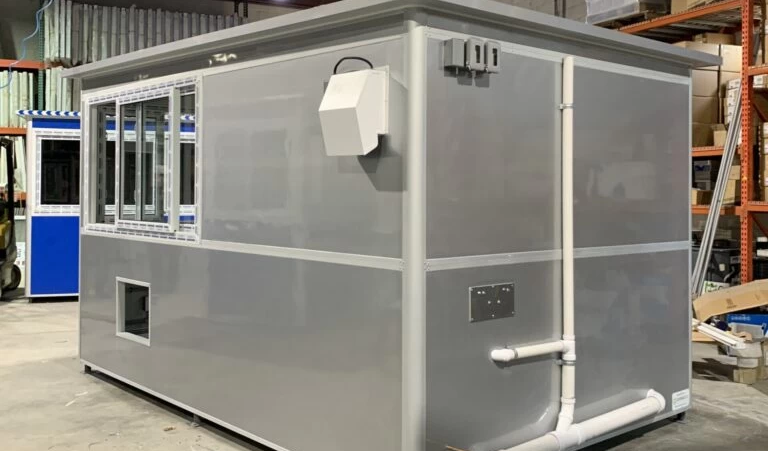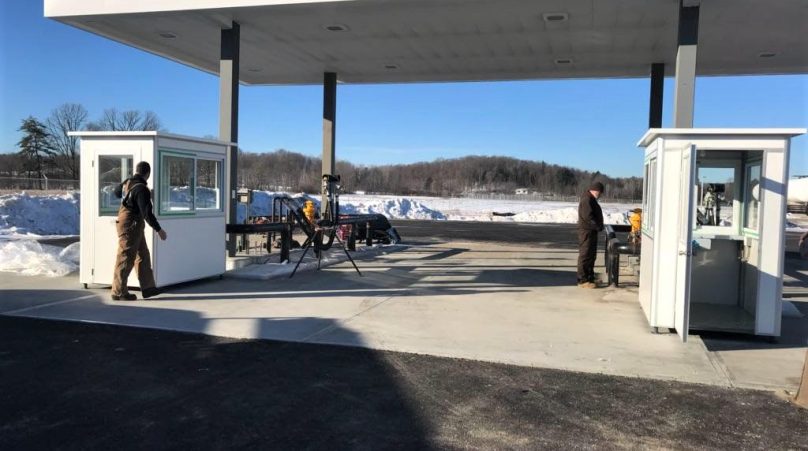When it comes to effectively managing a construction project, many contractors fail to factor in safety considerations. And it’s costing these companies hundreds of thousands of dollars in lost time and equipment. To successfully run the project, they need a solid construction site security plan in place.
But first, let’s take a look at the scope of the problem. Knowing the extent of the issues and the risks that a lack of security at construction site could pose for your business will help you develop a construction security plan that addresses the specific liabilities of your jobsite.
Construction site managers by and large omit construction site security considerations from their planning, and this is a critical oversight. Considered an epidemic in the industry, construction equipment theft stories appear in local news feeds on an almost daily basis. In fact, the National Equipment Register (NER) reported that anywhere between 300 million and one billion dollars in estimated value of construction equipment was lost because of theft in 2016. That estimate doesn’t even include financial losses resulting from tool theft, building material theft, and equipment losses due to vandalism. Only 23 percent of stolen machinery was recovered by law enforcement.
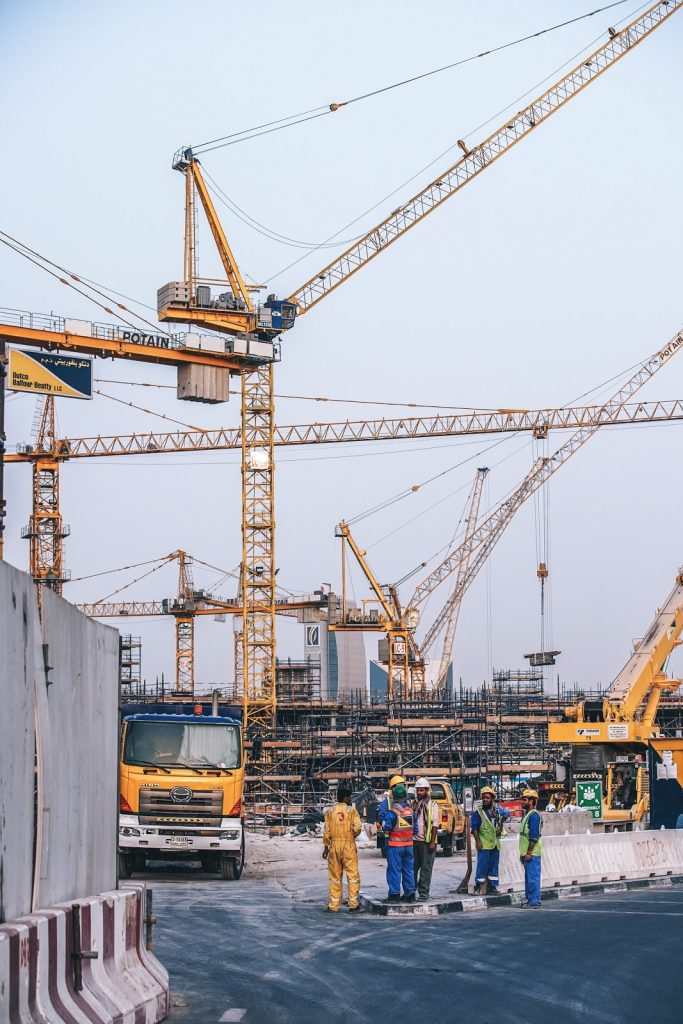
Why is equipment theft so prevalent? The same NER study identifies four main factors that make construction machinery theft a viable crime:
- Heavy equipment is relatively valuable
- Construction sites tend to be poorly secured and therefore the risks of detection and arrest are low
- The used-equipment market is a prime outlet for stolen equipment
- The penalties for thieves, if prosecuted and convicted, are lenient
The Cost of Equipment Theft
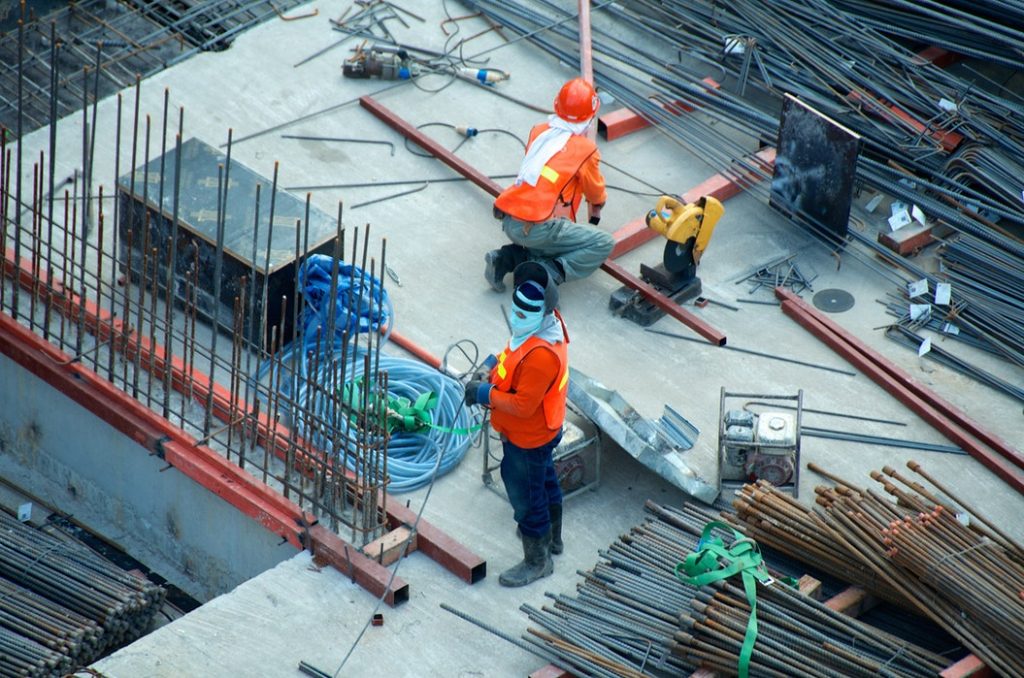
How much would an unprotected jobsite cost you? NER reported the average value of a stolen piece of machinery was estimated at $29,258. With no site security plans in place, companies could lose additional revenue from the accompanying costs of equipment theft, including:
- Project delays
- Downtime for equipment operators
- Higher insurance premiums
- The possible cancellation of an insurance policy
Your financial risks will vary depending on several factors, making security for construction sites that much more important.
Risk Factors to Consider
Recent studies have identified commonalities in theft occurrences and behavior. Knowing this information will help you assess the risk of future projects and decide whether a security plan for construction site is necessary.
Location
The top ten states for jobsite equipment theft in 2016 were:
- Texas (2,375 thefts)
- North Carolina (796 thefts)
- Florida (763 thefts)
- California (694 thefts)
- Georgia (577 thefts)
- South Carolina (512 thefts)
- Tennessee (449 thefts)
- Oklahoma (445 thefts)
- Arkansas (362 thefts)
- Alabama (338 thefts)
In addition, thieves are most likely to break into construction sites in their local area.
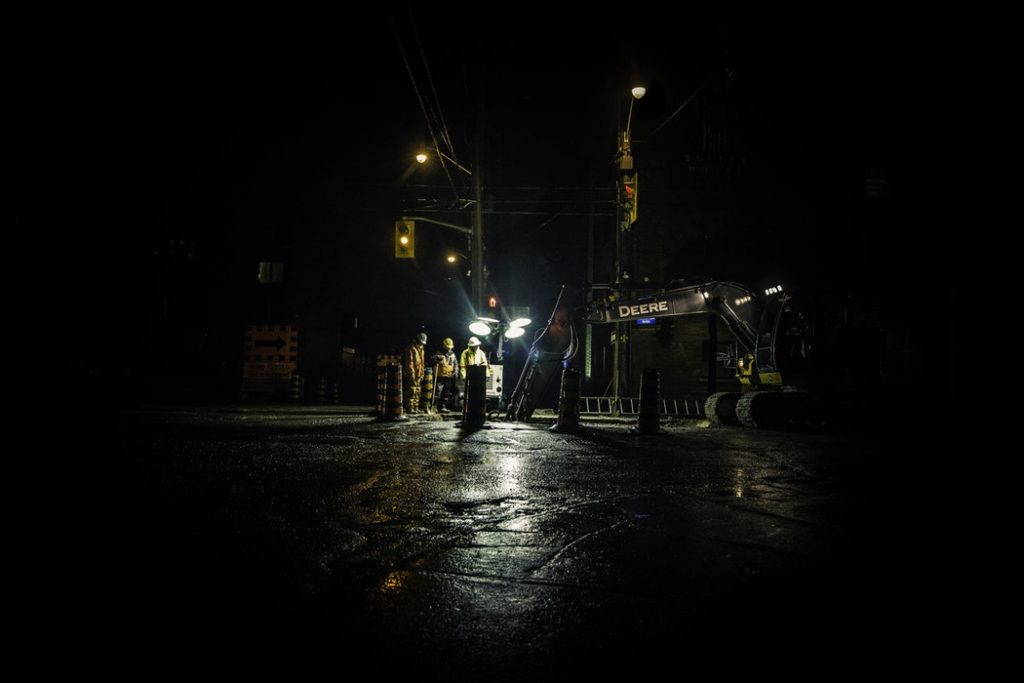
When determining the budget for building site security measures and the extent of construction site security procedures that are necessary, companies should factor in the prevalence of equipment theft in their city or state.
Type and Condition of Equipment
Thieves are most likely to steal equipment with high value and high mobility. Here were the most common types of equipment stolen in 2016:
- Wheeled and tracked loaders (36%)
- Towables (35%)
- Skid steer loaders (15%)
- Excavators (7%)
- UTVs (6%)
The most compact heavy equipment brands are also the easiest to steal. The most commonly stolen brand names included John Deere, Kubota, Bobcat, Cat, and Toro.
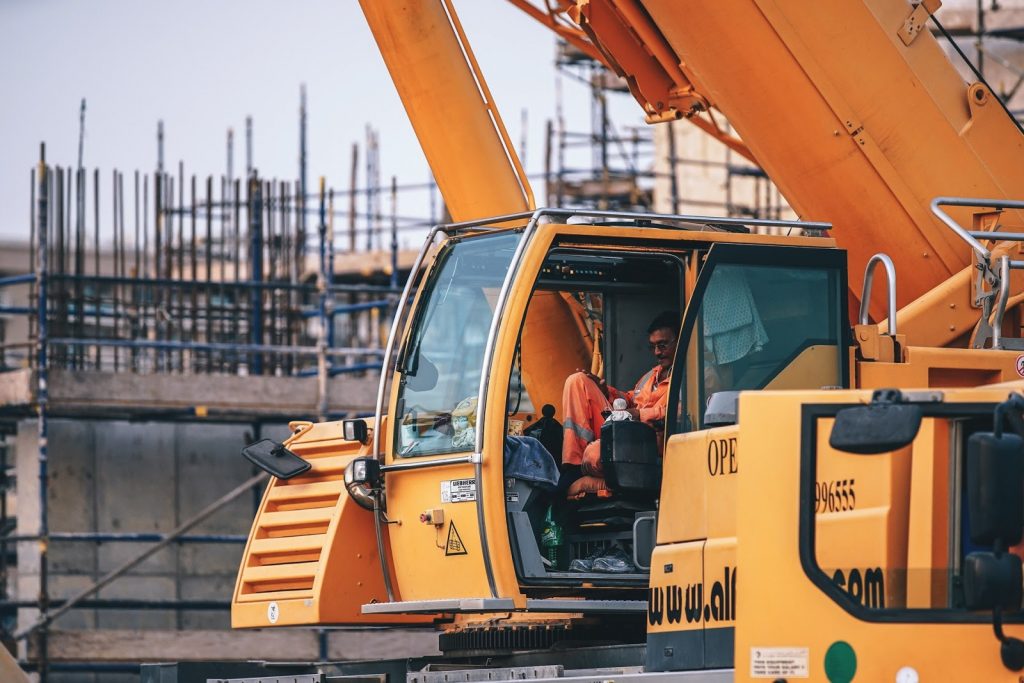
If given the choice between two pieces of equipment of equal mobility, thieves are most likely to steal the machine of higher value. That means the age, condition, and brand of your equipment should be taken into consideration when making your site security plan.
With the risks involved and the scope of incidences of theft and vandalism in the construction industry, investing in optimal security measures could make the difference between turning a profit and suffering a major financial loss on a project.
How to Secure the Construction Site
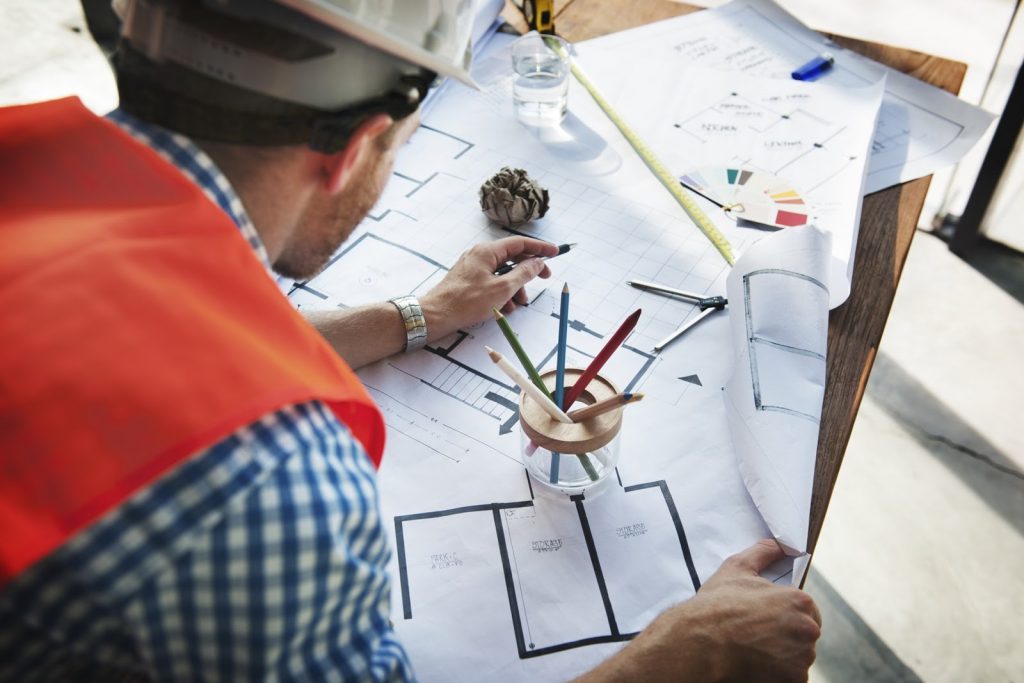
To curb theft and vandalism, you and the company should sit down and devise a comprehensive written construction site security plan. Ideally, this should happen during the pre-construction phase and it should include a comprehensive approach towards construction site security methods.
Before agreeing to a contract, consider as many possible risks as you can. Does the construction area have a history of crime? Is the project politically controversial? The greater the liability, the greater the company’s investment for security in construction sites should be.
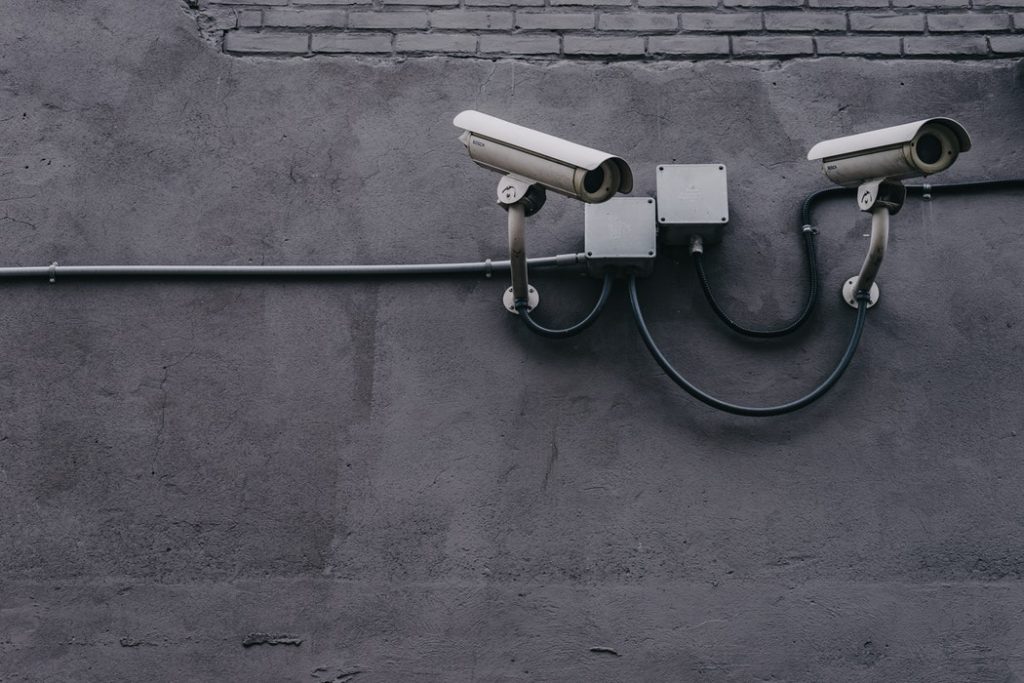
With technological solutions becoming more popular, site managers should leave plenty of budget for physical security needs. This can include hiring or outsourcing security personnel and installing a guard booth to control access to your site. Construction site security guards should remain on premises for as many hours of the day as possible.
The following list will help you properly plan your security measures and tailor your plans to each company and jobsite. Here’s how to keep a construction site secure:
- Project security plan budget
You should have an estimate of money set aside for all applicable expenses (alarm systems, proper lighting, fences, cameras, security staff, insurance coverage, etc.). The greater the liability, the bigger you should expect the budget to be.
- Delegate security responsibilities
Roles should be assigned to the project manager, project engineer, superintendent, and other employees in positions of responsibility. One of these individuals should be assigned to keep an inventory to ensure everything is properly recorded when it is stored on site.
- Establish a good line of contact with local law enforcement
Police should be encouraged to patrol the jobsite at night, if possible. Construction site security measures dictate that you provide a contact name and phone number to reach when unusual activity is observed.
- Alert neighboring businesses and residents
Inform them about the work being done, share your contact information, and ask them to watch for suspicious activity.
- Store equipment strategically
Part of securing a construction site is that you remove the tires from smaller equipment, circle larger equipment around smaller assets, chain pieces to each other, and place the tool storage area where it can be seen by law enforcement and neighborhood watch.
- Install lighting, cameras, and “no trespassing” signs
To further boost safety and security on construction sites, install technology that can monitor and light up the area. Be sure to inspect your lighting at night to ensure it’s set up to provide optimal visibility.
- Install perimeter fencing and a strategically-placed guard booth
Control jobsite access points by having just one entry point and installing a construction site security guard booth at any entrance points.
Oliver DeLaurentiis, President of Global Investigation Security Services (GISS), says that his clients always ask for a guard booth to control access at their construction sites.
“Controlling access to the site should be your number one priority when you create a construction site security plan,” says DeLaurentiis. “We chose Guardian Booth because they provide a base where our security guards can access all the security equipment and technology in a safe and comfortable space.”
- Hire security staff
Consider having personnel on-site to keep watch over long weekends and holidays. Buying or strategically renting guard booths can help you make the most of your investment in hired security. The guard booth will be protecting your building site security guard from the elements, increasing stealth with options such as tinted windows, and even the option of a built-in restroom so that your guard can stay in the booth without leaving the construction site unsecured for the duration of his break.
Conclusion

Thieves are drawn to opportunities to nab high-value items with relatively minimal effort. If criminals perceive that your jobsite is unguarded, they’ll target it to make off with a quick buck. With the right site security plan for construction project measures in place, your jobsite will deter opportunity theft and vandalism. Companies that include guard booths as part of their security plan can reduce losses from theft, equipment replacement, and slowed progress.
Guard booths are critical to effective construction site security because they protect your most important assets: your equipment and your staff. In addition, they establish a visible surveillance presence that will deter criminals. Learn more about how you can protect your jobsite with Guardian Booth’s customized security guard booths here.


